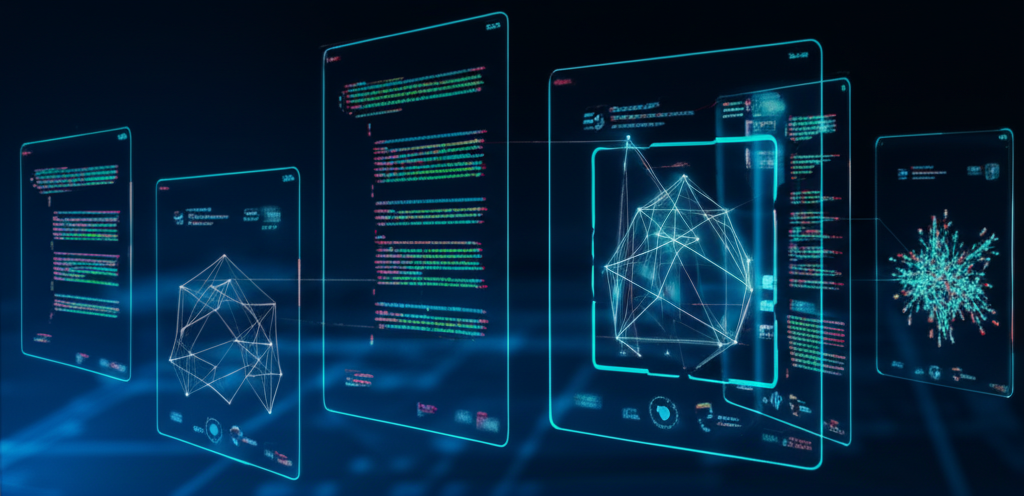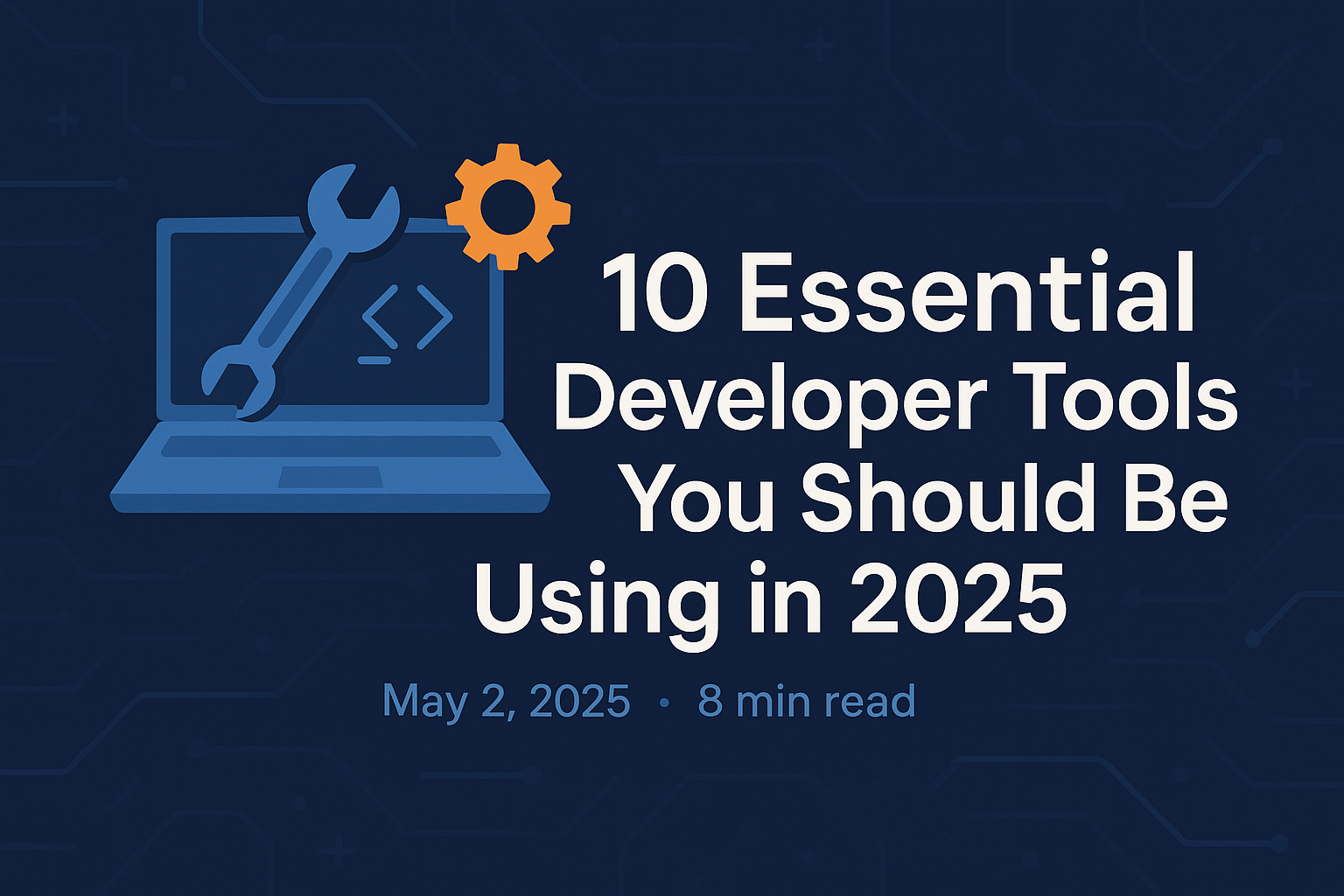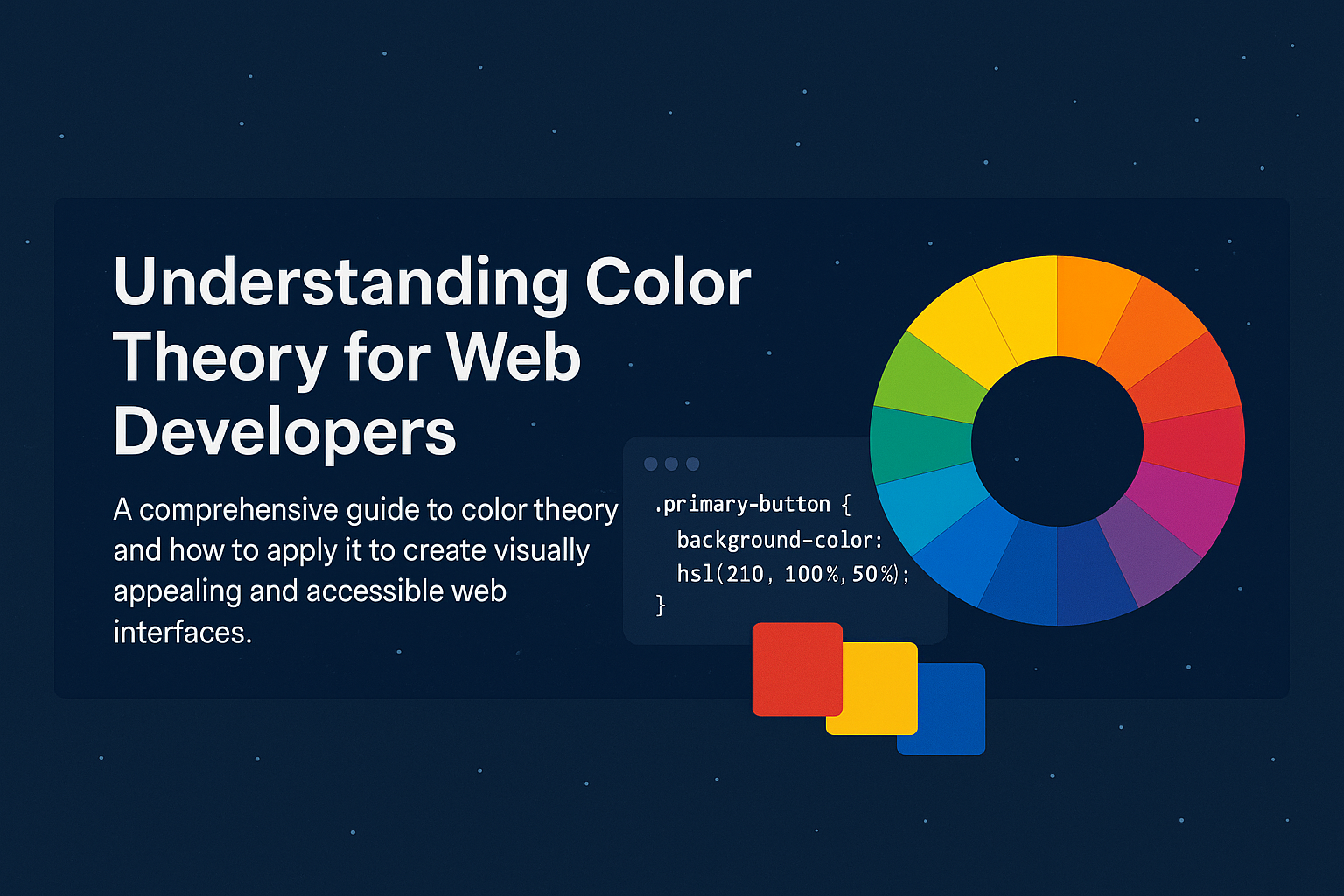The Future of Web Development: Trends to Watch
The web development landscape is constantly evolving, with new technologies, frameworks, and methodologies emerging at a rapid pace. As we look toward the future, it's crucial for developers to stay ahead of these trends to build innovative, efficient, and user-friendly applications.
In this article, we'll explore the key trends that are shaping the future of web development in 2025 and beyond, and discuss how developers can prepare for these changes.
1. AI-Enhanced Development
Artificial Intelligence is revolutionizing the way we build web applications. From code completion to automated testing, AI tools are becoming indispensable for modern developers.
AI Code Assistants
AI code assistants like GitHub Copilot X and Amazon Q have advanced significantly, now capable of understanding entire codebases and project contexts. These tools don't just suggest code snippets; they can explain complex code, refactor existing implementations, and even recommend architectural changes.
Modern AI assistants can:
- Generate component structures based on design files
- Suggest optimizations for performance bottlenecks
- Auto-implement security best practices
- Create test suites based on implementation code
Automated QA and Testing
AI-powered testing tools can now automatically generate test cases, identify edge cases human testers might miss, and maintain tests as code evolves. Some platforms can even simulate user behavior to test application flow and user experience.
2. WebAssembly and the Extended Web Platform
WebAssembly (Wasm) has matured significantly, enabling near-native performance for web applications and bringing capabilities previously reserved for desktop applications to the browser.
Component Model and Web Components
The WebAssembly Component Model has standardized how Wasm modules interact with each other and with JavaScript. This has led to an ecosystem of portable, language-agnostic components that can be composed together regardless of the programming language they were written in.
javascript
// Example of importing a Rust-compiled WebAssembly component in JavaScript
import { initializeCanvas } from '@wasm-components/3d-renderer';// The component can be used with a simple API, regardless of its implementation language
const renderer = await initializeCanvas('#canvas', {
width: 800,
height: 600,
shadingModel: 'PBR'
});
renderer.loadModel('/assets/model.glb');
Browser-Based Applications
WebAssembly has enabled complex applications to run directly in the browser, including:
- Professional-grade video and image editing tools
- CAD software and 3D modeling applications
- Scientific computing and data visualization tools
- High-performance games with advanced graphics
3. Edge Computing and Distributed Web Applications
The evolution of edge computing has transformed application architecture, bringing computation closer to users and enabling new classes of web applications.
Edge Functions and Serverless
Edge functions have evolved from simple request handlers to sophisticated runtime environments that can process data, render content, and interact with databases—all from edge locations around the world.
javascript
// Modern edge function with database access and rendering capabilities
export async function GET(request: Request) {
// Parse geolocation data from the request
const { country } = getGeoData(request);
// Access database from the edge
const products = await db.products.findMany({
where: { availableIn: country }
});
// Render product listing at the edge
const html = renderProductList(products);
// Return HTML response
return new Response(html, {
headers: { 'content-type': 'text/html' }
});
}
Distributed Data and State Management
New frameworks and libraries have emerged to handle state management in distributed environments, where data may be processed and stored across multiple edge locations, the client browser, and central servers.
These tools provide:
- Automatic conflict resolution for concurrent updates
- Offline-first capabilities with seamless synchronization
- Optimistic UI updates with background reconciliation
- End-to-end type safety across distributed systems
4. Immersive Web Experiences
The web is becoming increasingly immersive, with technologies that blur the line between digital and physical experiences.
WebXR and Spatial Computing
WebXR has matured into a robust platform for delivering augmented and virtual reality experiences through the browser. With the widespread adoption of AR glasses and VR headsets, web developers are creating:
- Virtual showrooms for e-commerce
- Collaborative 3D workspaces
- Immersive educational content
- Location-based augmented information layers
Advanced Web Graphics
WebGPU has replaced WebGL as the standard for high-performance graphics on the web, enabling:
- Physically-based rendering with realistic lighting
- GPU-accelerated machine learning in the browser
- Advanced particle systems and simulations
- Post-processing effects and advanced compositing
5. Web Components and Micro-Frontends
Component-based architecture has evolved beyond single-framework applications to embrace true interoperability and composition.
Framework-Agnostic Components
The Web Components standard has finally achieved widespread adoption, with browsers providing native support for encapsulated, reusable components. Modern web development increasingly involves:
- Design systems implemented as web components that work across frameworks
- Public component registries for sharing and discovery
- Standard patterns for state management and event handling
html
<!-- A modern web component with declarative shadow DOM -->
<template shadowrootmode="open">
<style>
.container { padding: 1rem; border-radius: 0.5rem; }
::slotted(h2) { margin-top: 0; }
</style>
<div class="container">
<slot name="header"></slot>
<slot></slot>
</div>
</template><script type="module">
class CardComponent extends HTMLElement {
constructor() {
super();
// The shadow DOM is created automatically from the template
}
connectedCallback() {
// Component lifecycle methods
}
}
customElements.define('app-card', CardComponent);
</script>
Micro-Frontends Architecture
Micro-frontends have matured into a standard approach for large-scale applications, with established patterns for:
- Module federation and runtime dependency sharing
- Cross-team coordination and deployment
- Shared authentication and state management
- Performance optimization across independently deployed modules
6. Zero-Build Development
The complexity of build tooling has led to a counter-movement: zero-build development environments that leverage modern browser capabilities.
Native ES Modules
Browsers now fully support ES modules with import maps, allowing developers to build complex applications without bundlers:
html
<!-- Import map defining module specifiers -->
<script type="importmap">
{
"imports": {
"react": "https://esm.sh/react@18.2.0",
"react-dom": "https://esm.sh/react-dom@18.2.0",
"lit": "https://esm.sh/lit@2.7.0"
}
}
</script><!-- Application code using import maps -->
<script type="module">
import React from 'react';
import { html, render } from 'lit';
// Use libraries directly without bundling
</script>
Dev Environment Standardization
Browser DevTools have expanded to include features previously provided by external tools:
- Built-in hot module replacement
- Component isolation and testing
- Design tool integration
- Performance profiling and optimization suggestions
7. Privacy-First Development
In response to evolving regulations and user expectations, web development has shifted toward privacy-first approaches.
Cookieless Authentication and Analytics
With the deprecation of third-party cookies, new standards have emerged for:
- Privacy-preserving authentication methods
- First-party data collection with transparent user consent
- Federated learning and differential privacy for analytics
Local-First Applications
A new class of applications prioritizes local data storage and processing, with cloud synchronization as a secondary feature:
- Encrypted local-first databases
- Peer-to-peer synchronization options
- User-controlled data sharing and permissions
8. Sustainability and Green Coding
Environmental impact has become a key consideration in web development, with tools and practices focused on reducing the carbon footprint of digital products.
Efficient Resource Usage
Developers now have access to tools that measure and optimize the energy consumption of web applications:
- Power usage profiling in DevTools
- Automated recommendations for reducing CPU and network load
- Carbon-aware delivery networks that optimize based on electricity grid conditions
Sustainable Design Patterns
New design patterns emphasize sustainability:
- Reduced animation and visual complexity on low-power devices
- Data transfer optimization based on network conditions
- Intelligent loading of resources based on actual user needs
How to Prepare for the Future
With these trends in mind, how can web developers prepare for the future?
Embrace Continuous Learning
The rapid pace of change means that continuous learning is essential:
- Follow browser release notes and Web Platform standards
- Experiment with emerging technologies through side projects
- Participate in open source communities and standards discussions
Focus on Fundamentals
While frameworks and tools come and go, fundamental knowledge remains valuable:
- Deep understanding of HTML, CSS, and JavaScript
- Computer science principles and performance optimization
- Accessibility standards and inclusive design
- Security best practices and threat modeling
Develop Cross-Disciplinary Skills
The most valuable web developers will combine technical expertise with knowledge from other domains:
- UX design principles and user psychology
- Data analysis and visualization
- Machine learning fundamentals
- Business metrics and KPI alignment
Conclusion
The future of web development is exciting and full of opportunities. By staying informed about emerging trends and continuously building your skills, you can position yourself at the forefront of the industry and create web experiences that were once thought impossible.
Remember that the most successful developers aren't just those who know the latest frameworks—they're the ones who understand the underlying principles and can adapt to changing technologies while maintaining focus on creating value for users.
What trends are you most excited about? Share your thoughts in the comments below!



